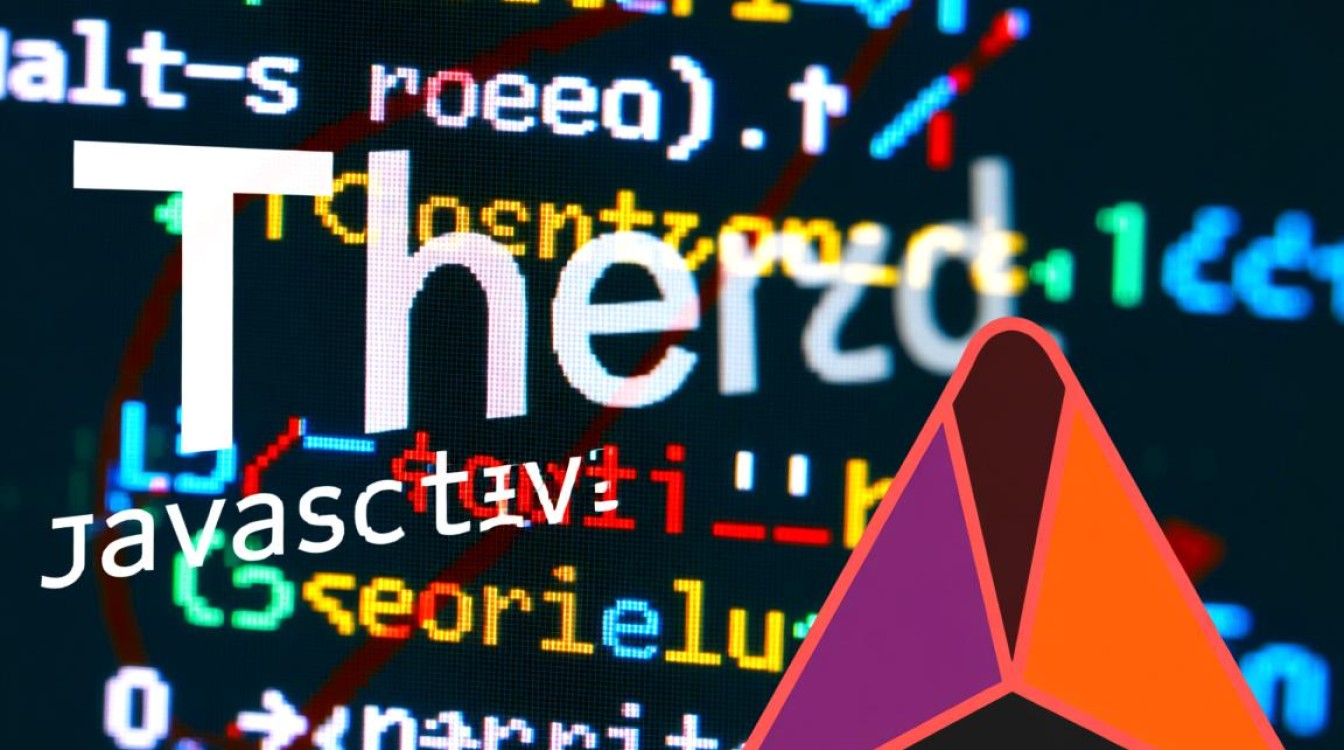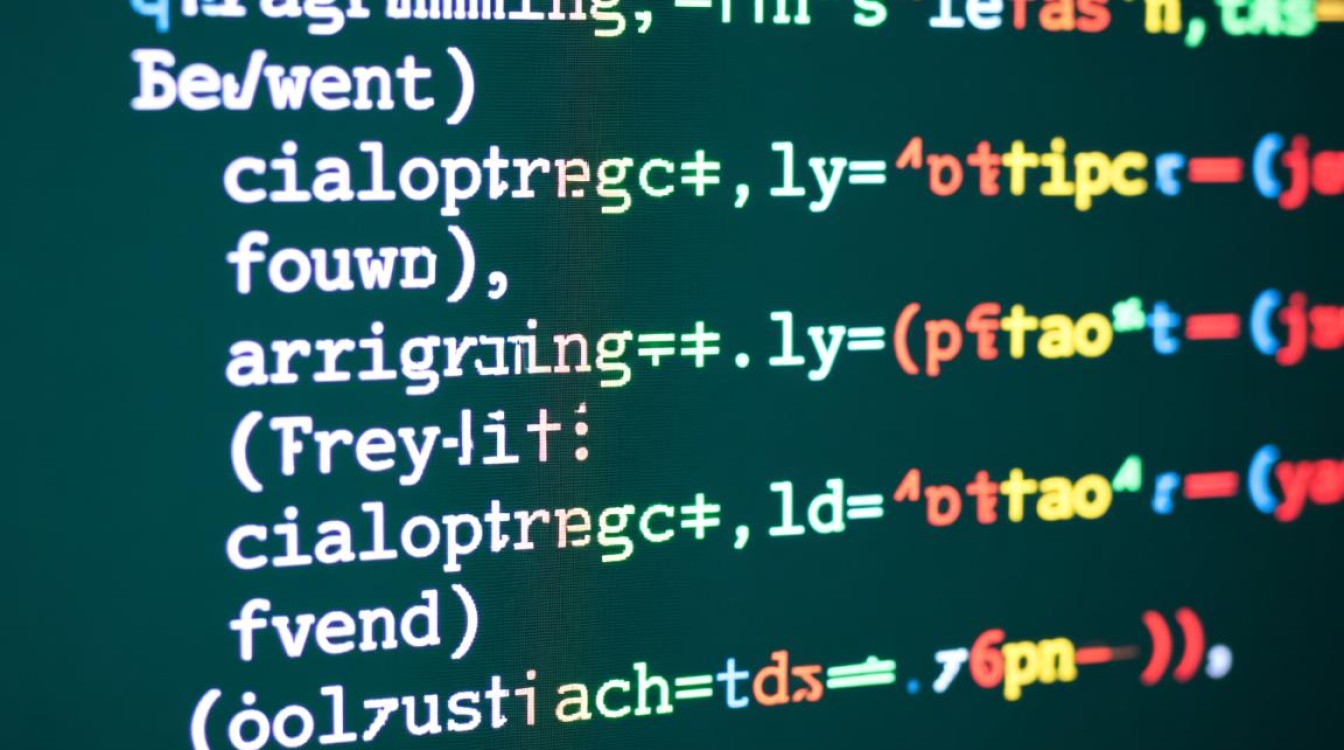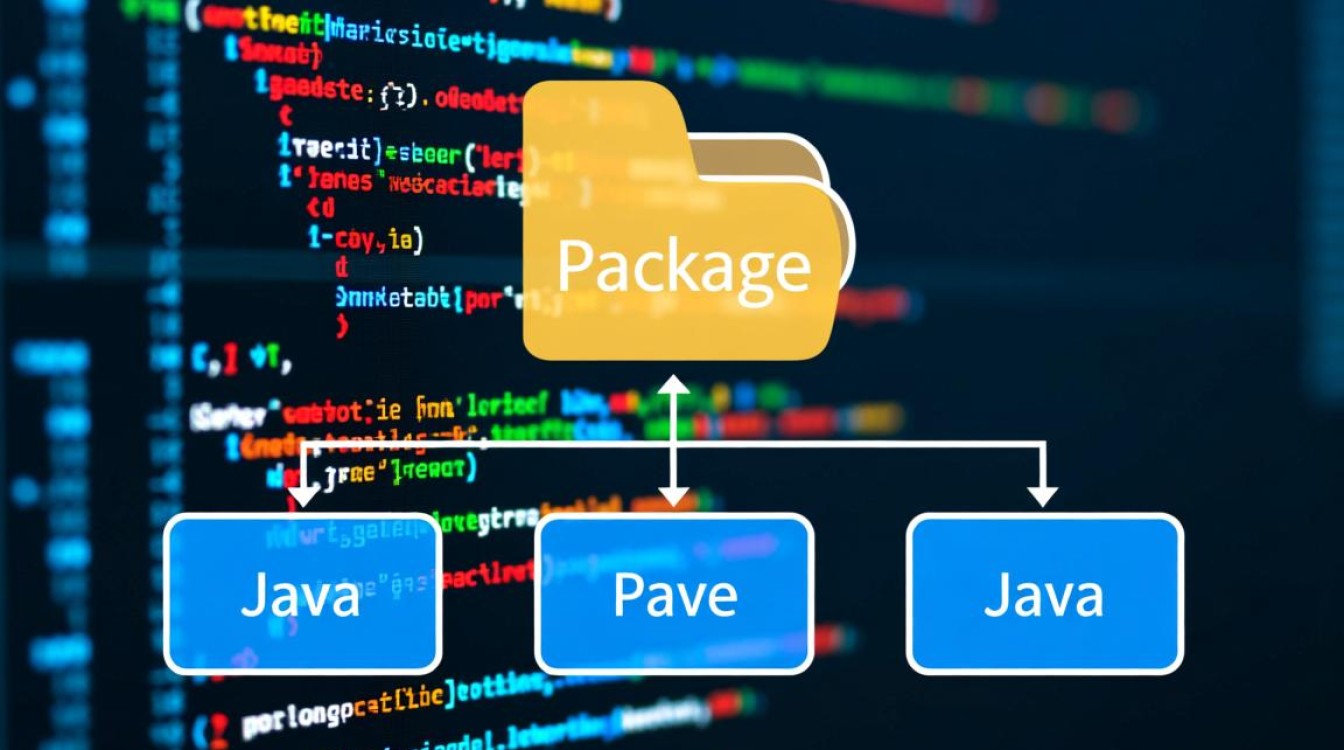Java中停止线程的正确方法
在Java多线程编程中,停止线程是一个常见但需要谨慎处理的问题,直接使用Thread.stop()方法已被废弃,因为它会强制终止线程,可能导致资源未释放、数据不一致等严重问题,开发者需要采用更安全、可控的方式来实现线程的停止,本文将详细介绍Java中停止线程的几种方法及其最佳实践。

使用标志位主动退出
最常用且安全的方式是通过一个共享的布尔标志位来控制线程的运行状态,线程在每次循环执行前检查该标志位,如果标志位为false,则线程主动退出,这种方法适用于大多数简单场景,且不会导致资源泄漏。
public class VolatileStopExample implements Runnable {
private volatile boolean running = true;
@Override
public void run() {
while (running) {
// 执行任务
System.out.println("Thread is running...");
try {
Thread.sleep(1000);
} catch (InterruptedException e) {
e.printStackTrace();
}
}
System.out.println("Thread stopped.");
}
public void stop() {
running = false;
}
public static void main(String[] args) throws InterruptedException {
VolatileStopExample example = new VolatileStopExample();
Thread thread = new Thread(example);
thread.start();
Thread.sleep(3000); // 主线程等待3秒
example.stop(); // 请求线程停止
}
}
关键点:
- 使用
volatile关键字修饰标志位,确保多线程间的可见性。 - 线程在循环中主动检查标志位,避免外部强制终止。
使用Thread.interrupt()方法
对于需要响应中断的线程(如阻塞状态),可以通过调用Thread.interrupt()方法发送中断信号,并在线程中检查中断状态来优雅退出。
public class InterruptStopExample implements Runnable {
@Override
public void run() {
while (!Thread.currentThread().isInterrupted()) {
System.out.println("Thread is running...");
try {
Thread.sleep(1000); // 阻塞方法会响应中断
} catch (InterruptedException e) {
// 捕获中断异常后,设置中断状态为true
Thread.currentThread().interrupt();
System.out.println("Thread interrupted, exiting...");
break;
}
}
}
public static void main(String[] args) throws InterruptedException {
Thread thread = new Thread(new InterruptStopExample());
thread.start();
Thread.sleep(3000);
thread.interrupt(); // 发送中断信号
}
}
关键点:

interrupt()方法不会强制终止线程,而是设置中断状态。- 阻塞方法(如
sleep()、wait())会抛出InterruptedException,此时需要重新设置中断状态。 - 非阻塞代码中应通过
isInterrupted()检查中断状态。
结合Future和ExecutorService
在高级并发场景中,可以使用ExecutorService管理线程池,并通过Future的cancel()方法取消任务。
import java.util.concurrent.*;
public class FutureCancelExample {
public static void main(String[] args) throws InterruptedException, ExecutionException {
ExecutorService executor = Executors.newSingleThreadExecutor();
Future<?> future = executor.submit(() -> {
while (!Thread.currentThread().isInterrupted()) {
System.out.println("Task is running...");
try {
Thread.sleep(1000);
} catch (InterruptedException e) {
Thread.currentThread().interrupt();
}
}
});
Thread.sleep(3000);
future.cancel(true); // 参数true表示中断正在执行的任务
executor.shutdown();
}
}
关键点:
Future.cancel(true)会尝试中断线程,但需线程配合检查中断状态。- 适用于任务调度和线程池管理场景。
注意事项与最佳实践
-
避免使用
Thread.stop()
该方法已被废弃,因为它会直接终止线程,可能导致锁未释放、数据损坏等问题。 -
处理资源清理
在线程退出前,确保关闭文件、数据库连接、网络资源等,避免泄漏。
-
响应中断
编写线程代码时,应优先检查中断状态,并在阻塞方法中正确处理InterruptedException。 -
合理设计线程生命周期
对于长时间运行的任务,尽量使用标志位或中断机制,而不是依赖外部强制终止。
Java中停止线程的核心思想是“协作式终止”,即通过标志位或中断信号让线程主动退出,标志位适用于简单循环,而interrupt()更适合需要响应阻塞的场景,结合ExecutorService和Future可以更灵活地管理任务取消,开发者应根据实际需求选择合适的方法,并确保线程安全与资源管理的完整性,通过合理设计,可以避免因强制终止线程带来的潜在风险,实现健壮的多线程程序。




















